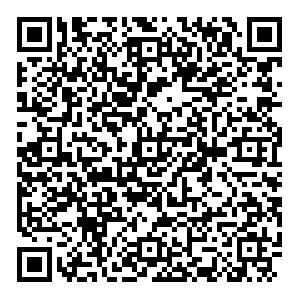-
摘要: 认知技能和图式获得是学习的两个重要方面,而且它们都与认知负荷有密切关系。本文首先介绍了由斯威勒提出的认知负荷理论,然后讨论了认知负荷与图式和技能获得的关系,在明确了认知负荷对学习的影响后,进一步分析了认知负荷理论对教学设计的意义。1) G A. Miller The magical number seven, plus or minus two: Some limits CHI OUT edacity for processing infoimation. Psychological Review, 1956, 63, pp. 81 - 97.2) G. Cooper(1990).Cognitive load theory as an aid for instructional design. Australian Journal Educational Technology,No.6, pp.108 - 113.3) J. Sweller(1988). Cognitive load during problem solving:Effects on learning. Cognitive Science, No. 12, pp. 257 - 285.4) R. Neches(1987),P. Langley, D. Klahr,Learning, develop¬ment, and production systems. In: Klahr D, Langley P,Neches R. (Eds), Production system models of learning and development- Cambridge:The MIT Press.pp. 1-53.5) J. Sweller(1990), P. Chandler, P. Tierney, et al.. Cognitive load as a fector in the structuring of technical material. Journal of Ejqjerimental Psychology:General, p. 119, pp. 176 - 192.6) J R. Anderson(1982),Acquisition erf cognitive skill. Psychological Review,89,pp. 369-406.7) J R. Anderson (1987),Skill acquisition: Conqjilation of weak - method problan solutiwis. Psychological Review, 94, pp. 192 -210.8) K. Kotovsky(1985),J R. Hayes,H A. Simon.Why are someprobJem hard? Evidence from tower of hanoi. Cognitive Psychology, 17, pp.248 - 294.9) G.Cooper, J.Sweller, (1987).The effects of schema acquisitiem and rule automation on mathematical problem-solving transfer. Journal of Educational Psychology, 79, pp. 347 - 362.10) K J.Gilhooly,(1988) Thinking: Directed, undirected and creative(2nd ed.). Lcxidon:Academic Press. pp. 75 - 90.11) R.Tarmizi, J.Sweller, (1988). Guidance during mathemaii- cal problem solving. Journal of Educational Psychology, 80, pp. 424 -436.12) J. Sweller,G. Cooper, (i985). The use of worked examples as a substitute for problem solving in learning algebra. Cognition and Instruction,2,pp. 59 - 89.13) J E.Tuovinen, J. Sweller, (1999). A comparison of cogni¬tive load associated with discovery learning and worked examples. Journal of Educational Psychology, 91, pp.334 - 341.14) J. Sweller, P. Chandler, (1994). Why some material is diffi¬cult to leam. Cognition and Instruction, 12, pp. 185 - 233.15) F G W C.Paas, (1992). Training stiategies for attaaining transfer of problem-solving skill in statistics:A cognitive-load proach. Journal of Educational Psychology, 84, pp.429 - 434.
-

 点击查看大图
点击查看大图
计量
- 文章访问数: 92
- HTML全文浏览量: 251
- PDF下载量: 4
- 被引次数: 0




 下载:
下载: